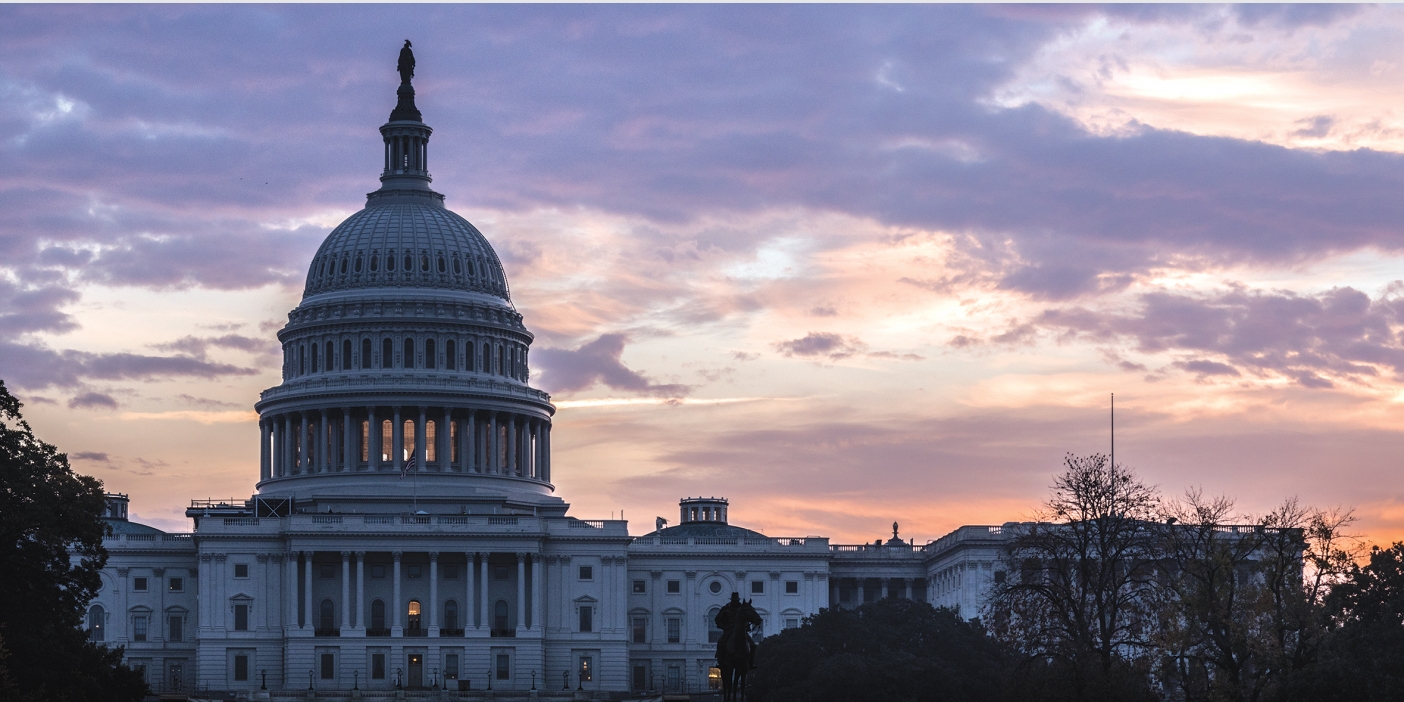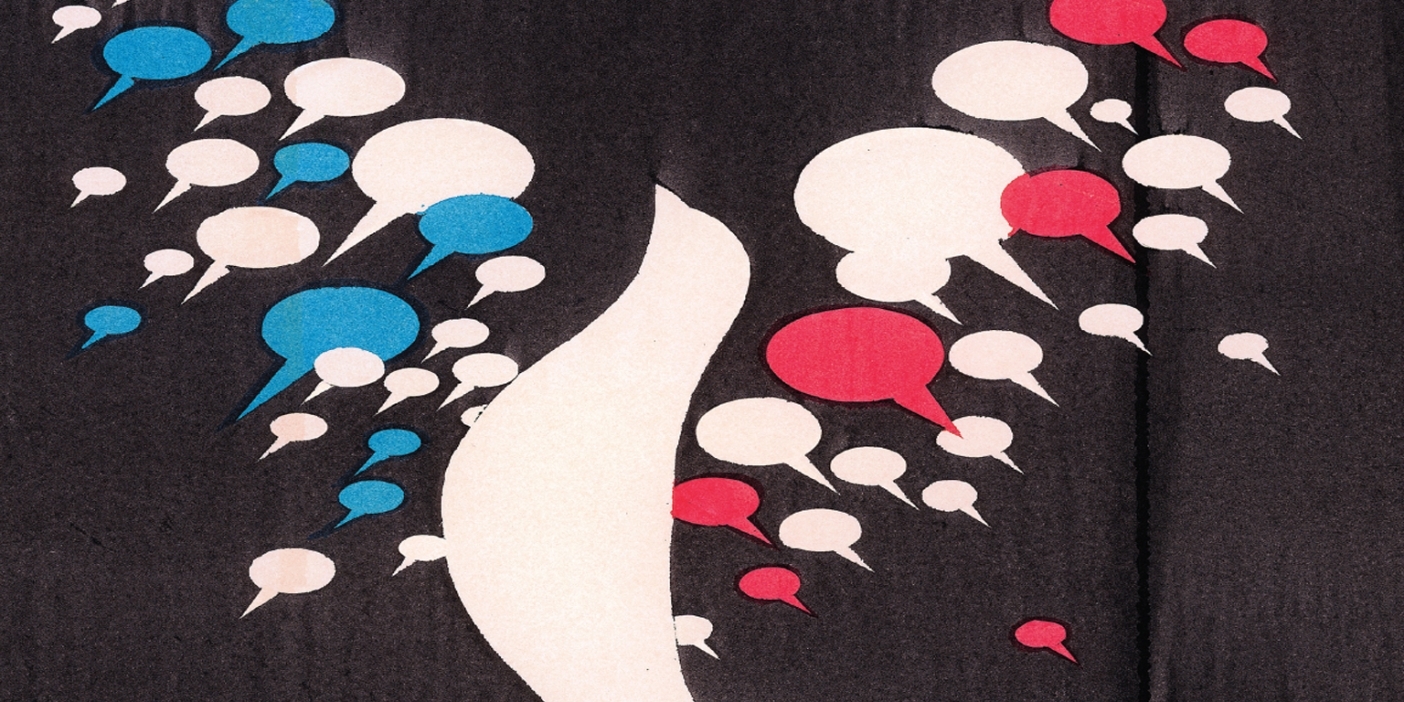What’s Killing Journalism?
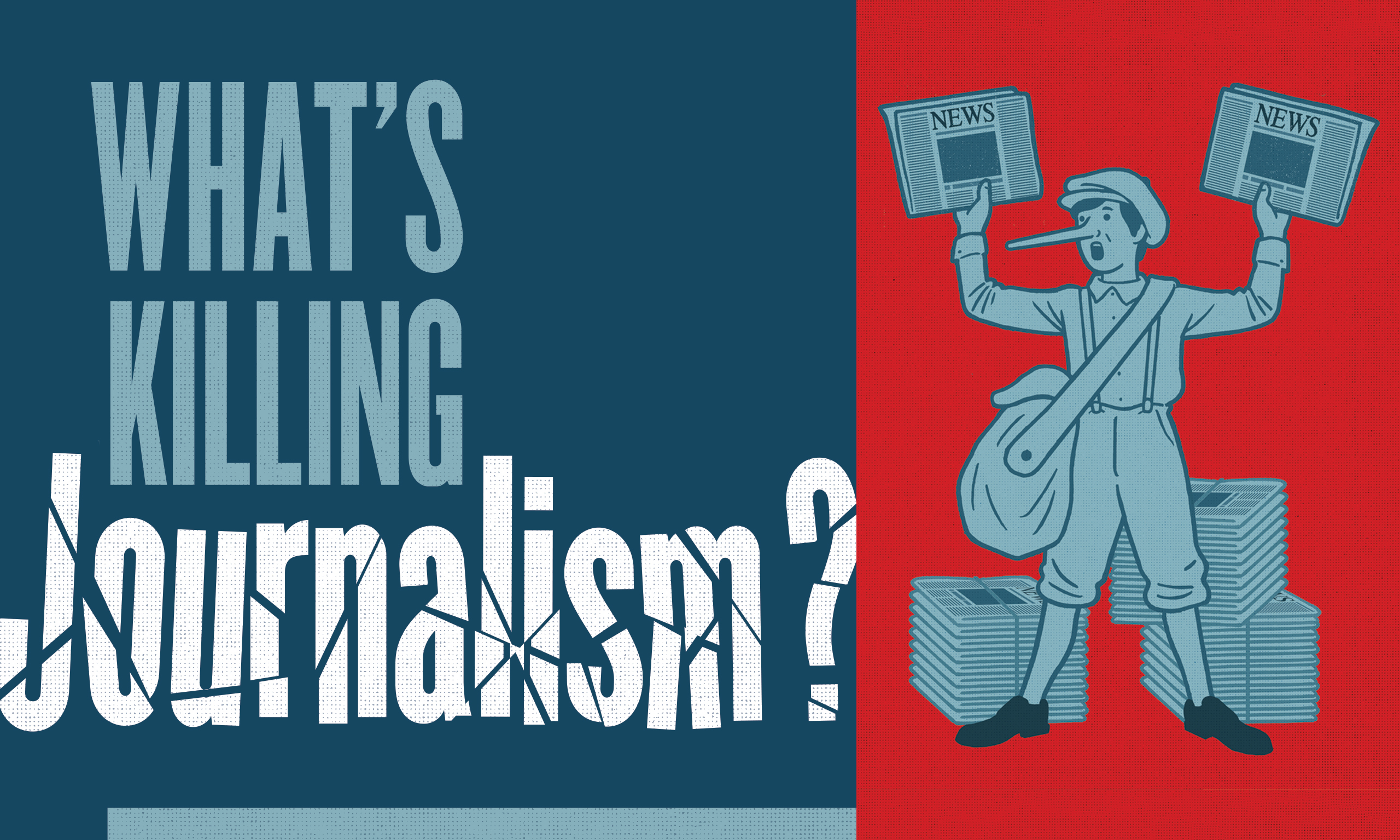
The state of the Fourth Estate—and who can save it.
By Brittany Karford Rogers (BA ’07) in the Summer 2017 Issue
Illustrations by Dan Page
If hashtags had been a thing, these would have been some #FakeNews whoppers.
The 32 BC Mark Antony takedown: it began with a fake-news campaign masterminded by Octavian, complete with Tweet-like proclamations on ancient coins.
The Simon of Trent humdinger: in 1475 a prince-bishop in Italy set off a story that local Jews murdered missing 2-year-old Simon—and used his blood for rituals. Fifteen Jews burned at the stake.
The Benjamin Franklin special edition: he concocted an entire 1782 newspaper, peddling a fake story about Native Americans scalping 700 men, women, children, and infants.
In short, fake news is old news.
For all the handwringing over fake news today, BYU journalism professor Joel J. Campbell’s (BA ’87) response is more “meh.” It’s another punch for a profession that’s been in the ring for the better part of a decade. Trust in news media is at an all-time low. Revenue models are upended. Reporters are exhausted. Readers are fragmented. And that’s just a short list of jabs.
Looming larger in Campbell’s eyes are analytics-driven newsrooms and disenfranchised readers, who, flooded with content, are living in information silos or, worse, opting out altogether.
So how does one make sense of the crowded, increasingly polarized news landscape? And what’s left of journalism as we knew it?
BYU faculty and alumni practitioners—their collective résumés spanning Fox News, C-SPAN, CNN, the Atlantic, and more—have some ideas.
Before you throw your hands up, consider the forces at play, take heart in journalists’ earnest self-searching, and look in the mirror—because the finger pointing goes all the way around.
It’s worth asking, “Is journalism still doing its job?” But as our panel of experts chimes, there’s an equally important question: “Do the citizens of this country have the will to save it?”
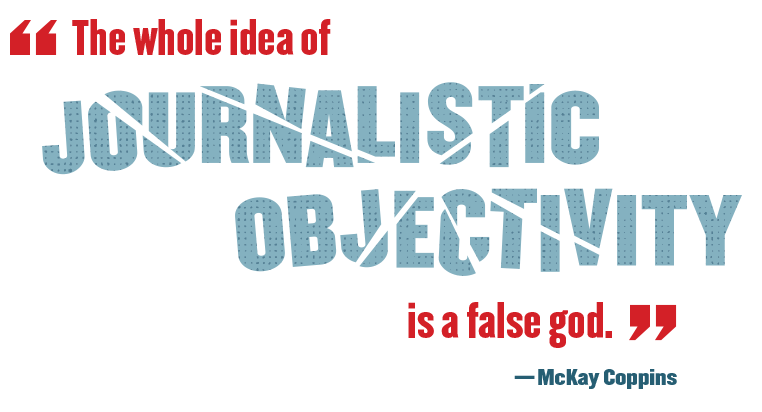
A Happy Accident
Journalism has a lofty goal—one epitomized by the career of R. John Hughes.
The emeritus BYU professor won the Pulitzer Prize in 1967 for his coverage of an attempted communist coup and its bloody aftermath in Indonesia. Over his career as a writer for and then editor of the Christian Science Monitor, he covered revolutions and interviewed world leaders.
“Journalism was almost like a religion to me, to get the story, and get it right, to help evince change,” Hughes says. “It’s a kind of love affair for most journalists, shining light in dark corners.”
Journalists call themselves the watchdogs, the truth seekers. The press is dubbed the Fourth Estate after all, the final check on all three branches of government. Democracy requires informed citizens; the press make up the informants. “Democracy Dies in Darkness” goes the new Washington Post tagline.
That’s the why of modern journalism.
The how—being objective, non-partisan—“is rather a new phenomenon in the history of news,” says Campbell.
It has always depended on who’s paying.
Wealthy traders and merchants underwrote the first news in the Americas, and it was all route intel. In the colonial period political parties footed the bill for most papers—party organs that were far more partisan and acrimonious than what we cry foul at today. It wasn’t until the penny-press era—the 1830s on—that a new funding model developed: scale up the circulation, then sell readers’ attention to advertisers. That advertising revenue could bring the cost of the paper down to something many could afford.
Writing to a mass audience, publishers began to recognize there was a market for real, honest news that could cross political divides and speak with a relatively neutral voice. This paved the way for professional journalism standards. And for most of the 20th century, it made newsrooms the information power brokers.
Then the internet smashed the model.
“For the last decade, we have seen a steady erosion of the advertising economy for newspapers,” says Campbell. That’s the nice way of saying it. Revenue streams have been gutted.
Department stores and auto malls, the go-to advertisers, cut back on ads, facing their own disruptions: e-commerce competition and recession. Craigslist happened to the classifieds. And reader eyeballs, once concentrated among a few media outlets, are now diverted to Facebook, YouTube, and that thing you just Googled—and the bulk of advertising has followed them.
As they say in the industry, the digital transition traded print dollars for digital dimes and, in turn, digital dimes for mobile pennies.
One thing is certain: it’s a fascinating time to study the news. Alum Seth C. Lewis (BA ’02) holds the Shirley Papé Chair in Emerging Media at the University of Oregon and is a leading scholar on the digital transformation of journalism.
“We’ve gone from media monopoly to media disruption and ubiquity,” says Lewis. And in ubiquity, no one gets a sizable piece of the economic pie.
Lewis suggests that maybe the last century of advertising-based news subsidy—which fostered these objective, non-partisan notions—“was just a happy accident. Maybe instead we’re returning to other forms of funding and thinking about the news.”
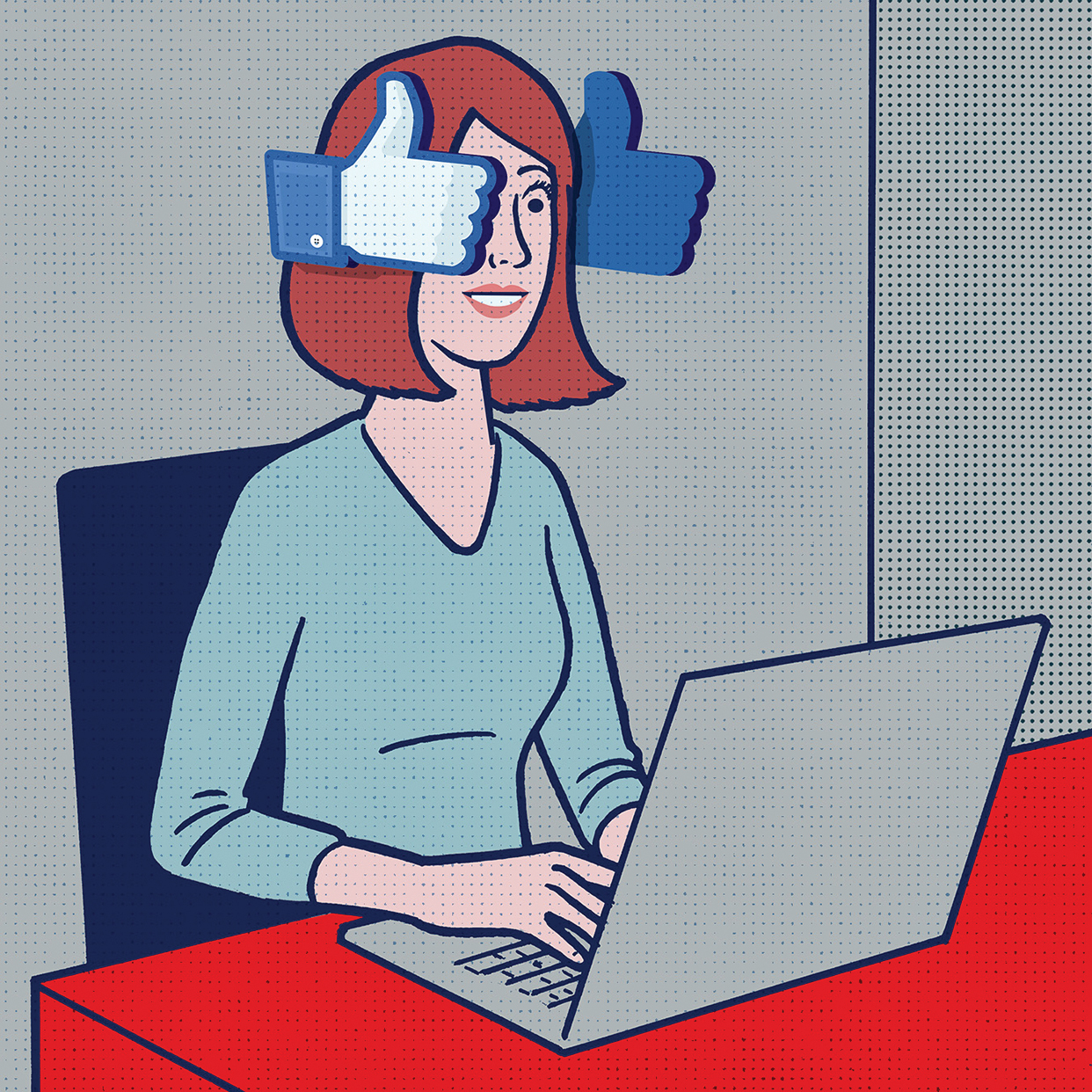
Casualties of the Internet
The internet is not the first technology to shake up the news industry. It happened after radio. It happened after TV.
This shakeup, however, may have taken more casualties.
News staffs have been decimated. The journalists who still have jobs are stretched thin—while the internet demands more of them than ever.
Jon M. Du Pre (’85), anchor of ABC’s KTBS 3 in Shreveport, Louisiana, used to pass a day creating stories for the 6 and the 10 o’clock news. Now it’s the 4, 5, 6, 9, and 10 o’clock—plus posting on five digital platforms and Facebook Live-ing throughout the gathering process.
“It’s sometimes physically impossible to . . . feed all those beasts,” he says. It’s the hardest job he’s had in 32 years in TV.
Gone is the production cycle where a reporter would work on a story all day, turn it in, and see it published the next morning. Event coverage has to be up immediately, even if it’s just three paragraphs, the rest written via updates.
Accuracy—or, at the very least, thoroughness—has become a casualty, contends Lewis. “You cannot have your news instantly and have it well done,” he says. “More content created by fewer people makes the likelihood for mistakes and problems greater.”
That’s the story at the news organizations that still exist. Countless others have been forced to close.
The hardest hit: local news, the most important news, in Campbell’s eyes. “That’s where we need watchdogs,” he says—most government money is spent locally.
“We’ve moved from deathwatch to life support,” Campbell says of the local-news survivors. Yet the equation remains: “To do in-depth—to give it context, to really understand a community—costs money.” The budgets for watchdogging, more and more, don’t exist.
And then there’s lost turf. A majority of Americans now get news from Facebook and the like, making social-media giants the new gatekeepers and distributors. In addition, the boundaries of the journalism profession are blurring: anyone with a Twitter account can disseminate news, and institutions of all sorts now post their own articles rather than leave their narratives to the press.
Lewis says this leaves consumers wading through an overabundance of sources. “News now populates spaces you might not have expected, and we haven’t really understood how to interpret news we see in those places. This has led a lot of people to throw up their hands and tune out, to say, ‘Because I can’t trust much of what I see, therefore I can’t trust anything.’”
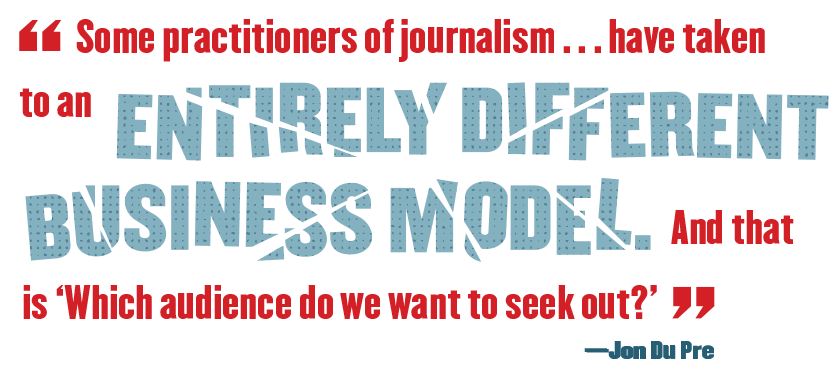
The Fight for Eyes
Americans once took in news by appointment—making time for it at the breakfast table or watching the evening newscast before bed. Appointment reading fostered breadth—maybe a baseball story caught your eye, but you got bits on Iran and EPA regulation along the way.
“That used to be a great function of newspapers, the serendipity of falling into something,” says Edward L. Carter (BA ’96, JD ’03), director of the BYU School of Communications.
News consumption now is largely incidental. We seek it out less; our attention span for it is shorter. On a given day, it may be reduced to what pieces of journalism are trending in our social media streams. “And the stories that catch on social media are different,” says Sarah Cannon Weaver (BA ’94), editor of the Church News.
Incidental consumption online pits the news against the juggernauts of Internet clicks: cute babies, cat videos, and all the other stuff Facebook has deemed “news” to you. There have always been things competing for our attention—but never so many on one screen at one time.
In the fight to be heard, journalists now turn to search-engine optimization (SEO)—tagging every story with its most trend-worthy terms. They bend stories into clickbait.
It’s a trend that can’t be ignored, says D. Hunter Schwarz (BA ’12), coauthor of CNN’s Coverline, a politics–pop culture mash-up. “Your average person is not watching a bill progress,” says Schwarz. And so his newsletter and podcast weave Britney Spears and the Kardashians into the political coverage.
Because of the all-mighty click, story selection and presentation are changing: newsrooms are increasingly chasing the stuff we like.
“It’s eye-candy journalism,” says Campbell: sports, “list-icles,” the slideshow of 10 things. “The eyes stay with them a long time. They make money.”
It’s celebrity anything, says alumna Marti Johnson, a freelance reporter for the Associated Press and a C-SPAN announcer. “[Americans] just hoover up information on celebrities.”
Whatever it is, it represents a seismic shift in journalism. “We’ve gone from where news editors selected what they wanted the public to see to where now the public says, ‘No, this isn’t what I want to read about,’” says Weaver. “You can’t make people interested in city council. . . . We can’t thrust it upon them the way we used to.”
Further complicating the news mix: the fact that most traditional news outlets are now owned by publicly held corporations—companies that answer to stockholders. “They care about profit,” says journalism professor Dale L. Cressman (BA ’85, MA ’89), “not news.”
Advertisers can see in real time exactly what catches the audience’s eye, putting the press at the public’s mercy.
There’s no other way to say it, says Campbell: “SEO and analytics are driving a stake into the heart of journalism.”
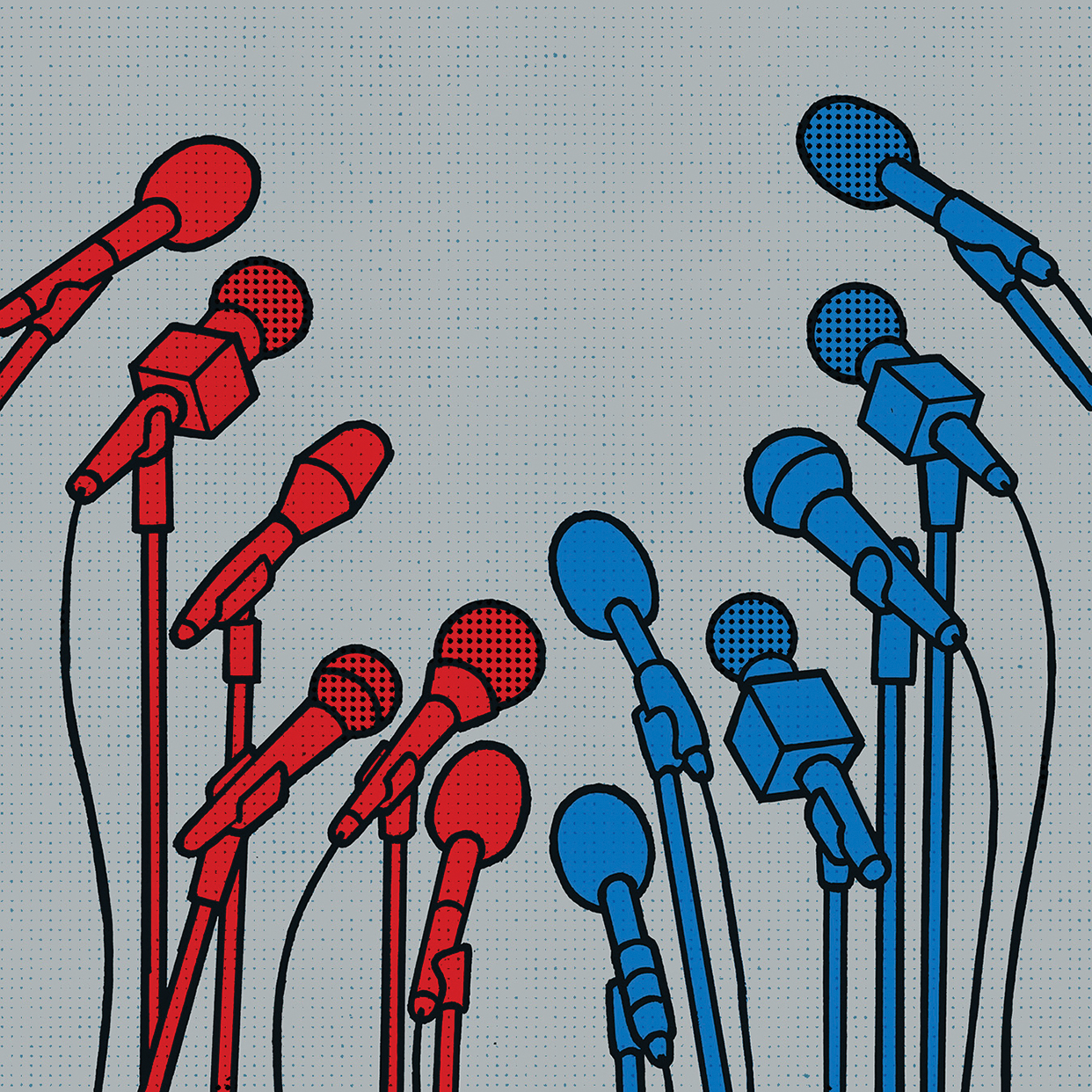
If Only ____ Weren’t So Biased
Suspend the question of media bias for a moment (we’ll get there) and allow the journalists to turn the table:
“Are the consumers of the products we produce biased?” asks Du Pre.
At least on this point—in an America more polarized politically than at any point in recent history—the answer is clearly yes.
Du Pre says that no matter how straight the attempt, there is no longer a news topic that isn’t a lightning rod. “You do a story on crime, it turns into a political debate,” he says. “The environment? Political debate. Health? Somehow, it turns into a political debate.”
Meanwhile, for news outlets desperate for traffic to translate into ad revenue, polarization creates tempting target audiences.
“Some practitioners of journalism . . . have taken to an entirely different business model,” says Du Pre. “And that is ‘Which audience do we want to seek out?’”
Fox News, for example, set up shop as an alternative to mainstream media. A slew of outlets have taken root on the left and right. Where there used to be just a handful of TV and radio broadcasts, newspapers, and magazines driving the national news agenda, there are now scores of websites, each trying to carve out a niche and then pander to it relentlessly. For Fox and MSNBC, it seems to pay the bills.
This model is reinforced by—and fuels—another internet phenomenon: the echo chamber. The term describes how, in our online worlds, we are interacting more with the information we like and less with information that challenges us.
McKay A. Coppins (’10), who covers politics for the Atlantic, says many aren’t even seeking truth anymore—they’re seeking confirmation of their beliefs. “They can kind of ensconce themselves in an information and media bubble where that’s all they hear,” he says. “Whatever little media bubble you’re in is telling you the rest of the media is wrong.”
Some of this selective credulity is deliberate: readers tend to pick media teams and loyally drown out other news sources. Some of it, however, comes courtesy of social media and search engines, which get to know you better with every click. Based on your interests, views, and likes, Facebook algorithms serve up your Daily Me.
On your streams there is no equal airtime for different views. “These systems we interact with really have no function for saying, ‘Maybe that’s enough extremism for you today,’” says Lewis.
Research is digging into the effects of the social media echo chamber: we share stories without reading more than a headline, place more trust in who is sharing the story than who produced it, and clearly give our time to stories that reinforce our own views.
![Pull Quote: "'Can we trust how this was made?' [is] a better question to be asking than, 'Is this coming from my preferred worldview?'" —Seth Lewis](https://magazine.byu.edu/wp-content/uploads/2017/07/quote-3-copy.png)
Taking another cleaver to the news-scape are the people further down the media food chain who digest the news and serve up nothing but spin—the late-night comedians, the talk-radio personalities. To Lewis, the latter is especially egregious. “More so than Facebook, fake news, and filter bubbles, the roots of misinformation align with the rise of talk radio in the 1990s,” he says. “These entertainers have no interest whatsoever in conveying news and information as it actually is but every inclination to give information that reinforces people’s worldviews.”
Talk radio doesn’t purport to be news, but it may be supplanting actual news intake—and calling real news into question. “Pundits are diluting the real thing,” says Johnson.
The First Amendment is pretty clear that all can have their say, agree the experts. Carter says, “At BYU we teach the ‘marketplace of ideas,’”—the philosophy that embraces discordant voices under the premise that the best ideas rise to the top. “The function of journalism is to help us sift through them.”
But he says there’s a catch: “The marketplace ultimately depends on the wisdom of the people, that they won’t be deceived.”
It would be easier if bias were found only at outlets with an obvious bent. Bias seeps in across the board, in varying amounts, concede our experts.
But, they caution, it’s not as one-sided as we might think.
The claim that the mainstream media are liberal, says Cressman, first gained traction in the civil-rights-era South. “Southerners did not like national media coming in and reporting on segregation.” The liberal-media accusation was lodged then—and countless times since. More journalists identify as Democrats than as Republicans, says Cressman (though even more identify as independent). But he suggests that what is judged as bias may be merely core journalistic values.
“Part of journalism’s ethos is giving voice to the voiceless, afflicting the comfortable and comforting the afflicted,” Cressman says. “Those can be perceived as liberal ideas.”
Also at play, says Coppins, are cultural and geographic biases. With the collapse of newspapers nationwide, there’s been a sort of coastal-ization of news; the national news, especially, is made in urban enclaves. “Readers and viewers increasingly don’t see their values represented,” says Coppins. “They increasingly feel like they are getting news from people who are sort of outside their world, and it can often feel condescending and patronizing.”
The quality of reporting in the mainstream media ultimately comes down to the individual reporter, says Campbell. And while the goal is to pursue truth as objectively as possible, our experts say journalists can’t help but approach the truth with their own predispositions.
“The whole idea of journalistic objectivity is a false god,” says Coppins. “No human being is truly objective.”
Though journalists cannot be impartial, their methods, like the scientific method, can, says Cressman. Through a rigorous discipline of verification and transparency, a consistent method of testing information, journalism can uncover not just facts, but the truth.
“The best we can do,” says Du Pre, “is practice journalism as best we can, telling every story in a way that’s true to the facts and fair to the people involved and the people who are impacted by that story. And then hope there are enough people who are enlightened enough that they recognize it when they see it—and then they demand it.”
Take Heart—and Read Widely
For our experts, there is yet one more concern, perhaps graver than the rest: accusations that the media, as a whole, can’t be trusted.
“We’re all being called fake,” says Johnson.
Kids on D.C. tours now shout the term at Johnson when she’s recording a standup in front of the Capitol. Coppins has been the target of crude epithets, physical projectiles, and online vitriol—like a photoshopped image of him in a gas chamber. BYU journalism instructor Carrie Ashton Moore (BA ’82) notes, “I saw a shirt just the other day that said, ‘Rope. Tree. Journalist. Some assembly required.’”
“When you have people in the United States who embrace that ideology, that journalists are the enemy, that threatens a democracy,” says Moore. “In this country, there is no other institution, as imperfect as it is, that holds power to account in the way that good journalists do.”
The experts agree: it’s incumbent on everyone to get journalism out of this quagmire.
Journalists recognize the stakes and are working to regroup and reform. On the funding front, they’re throwing all sorts of ideas at the wall, from digital pay walls to niche products to nonprofit newsrooms. The nonprofit ProPublica, founded in 2008, has already won four Pulitzers.
Many are rethinking what makes the news—and how it is presented. For example, there’s a new solutions-journalism movement that emphasizesexplanation and options rather than conflict and problems. Some are experimenting with a break-out-of-your-bubble offering: when they publish a story, they’ll actually provide or link to divergent perspectives on the topic. There’s a push for more diversity in newsrooms, in race, gender, and background. And there’s a new ethic in the industry: “Transparency is the new objectivity,” says Campbell. Journalists, once reluctant to explain how they decide what is worth publishing, may be able to claw back trust by explaining, and by showing their work—linking to interview transcripts, naming sources, providing documents.
In the meantime, there are many things you can do to become a savvier news consumer:
Campbell says the information environment online may become only more chaotic and confusing: “We’re going to live in an era of ‘alternative facts.’” But he sees a silver lining.
In recent months various news entities have seen a surge in engagement—the New York Times, he points out, set a paid-subscription record. “There seems to be a recognition among the American public that we do need news, we do need a watchdog,” says Campbell.
“The Founding Fathers understood what society needs to move forward, and that is checks and balances,” he says. The Fourth Estate works only if the reader stays engaged. “Look for the best. Pick the best apart. But read the news.”
Feedback: Send comments on this article to magazine@byu.edu.


